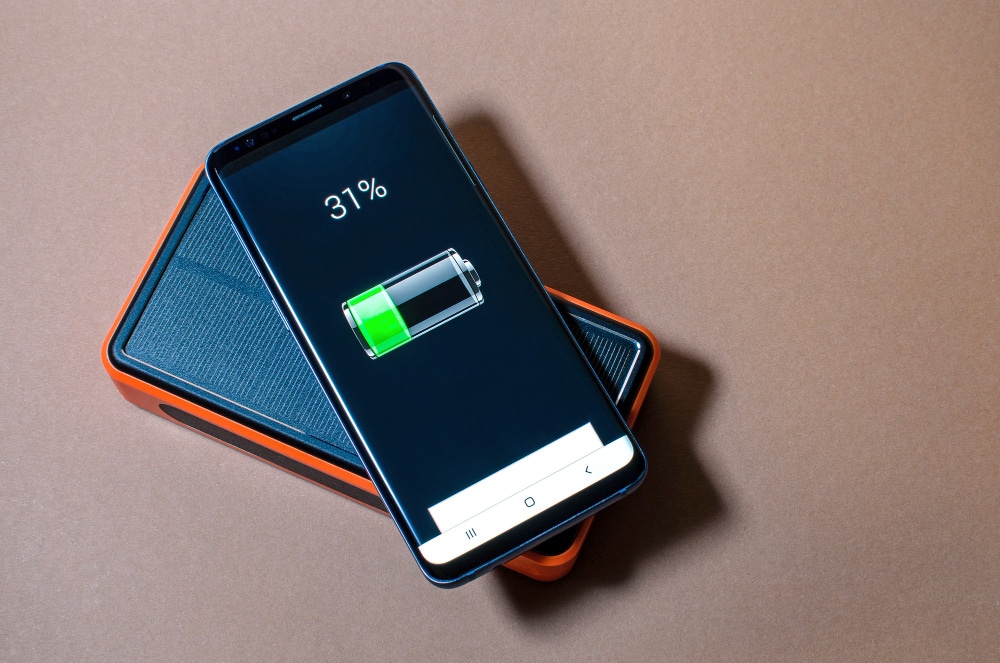In an era where smartphones have become an indispensable part of our daily lives, few things are more frustrating than a quickly draining battery. The advancement in technology has brought us sleeker and more powerful devices, but it has also given rise to the challenge of optimizing battery life. There are several factors that contribute to the rapid depletion of smartphone batteries, and understanding these factors can help users make informed decisions to extend their device’s battery life.
- Screen Brightness and Usage: The smartphone display is one of the most power-hungry components. High screen brightness settings and prolonged usage can significantly impact battery life. Users often overlook the importance of adjusting brightness levels or using features like auto-brightness to adapt to ambient lighting conditions. Minimizing screen-on time and turning off the display when not in use can also contribute to conserving battery power.
- Background Apps and Processes: Many apps continue to run in the background even when not actively in use. These background processes can consume a considerable amount of energy. Location services, push notifications, and background syncing can be major culprits. Reviewing and restricting app permissions, as well as regularly closing unused apps, can help mitigate this issue.
- Network Connections: Constant connectivity to mobile networks, Wi-Fi, and Bluetooth can be a significant drain on battery life. When not needed, turning off these connections can conserve power. Additionally, weak signals force the phone to work harder to maintain a connection, leading to increased energy consumption.
- Outdated Software: Manufacturers release software updates not only to introduce new features but also to optimize device performance and battery efficiency. Running an outdated operating system may result in increased power consumption due to unoptimized software. Regularly updating the device’s software can address these issues.
- Battery Health: Over time, smartphone batteries degrade, leading to reduced capacity and overall battery life. Factors such as temperature, charging habits, and the number of charge cycles impact battery health. Avoiding extreme temperatures and using a quality charger can help maintain battery health over the long term.
- Power-Hungry Apps: Some applications are more resource-intensive than others. Streaming videos, playing graphics-intensive games, or using augmented reality (AR) apps can quickly deplete the battery. Identifying and limiting the use of such power-hungry apps can contribute to prolonged battery life.
- Location Services: GPS and location-based services can be demanding on a smartphone’s battery. Apps that constantly access location data, even in the background, can contribute to rapid battery drain. Users should review and restrict location permissions for apps that do not require constant tracking.
- Display Resolution: Higher display resolutions demand more processing power and, consequently, more energy. Some smartphones allow users to adjust display resolution settings. Lowering the resolution can have a positive impact on battery life without significantly compromising the user experience.
While smartphones have evolved to offer remarkable features and capabilities, managing battery life remains a crucial aspect of the user experience. By understanding and addressing the various factors contributing to rapid battery drain, users can optimize their smartphone usage and ensure that their devices last longer between charges. From adjusting display settings to managing background processes, a few simple steps can go a long way in preserving the precious battery life of your smartphone.

